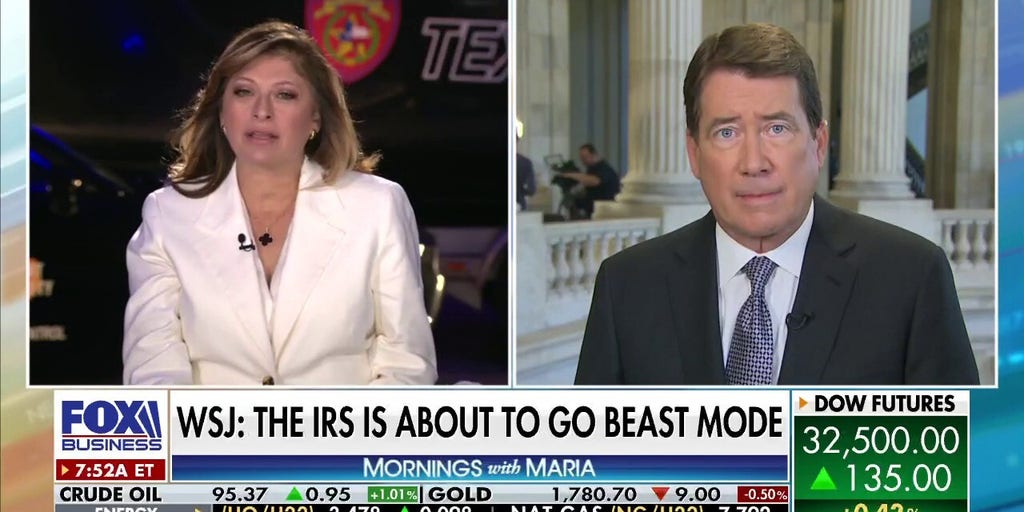I didn't find the bill on-line
that is telling all by itself
I found this, though (they're going to spend more of the taxpayers' money on things the taxpayers don't care about. Told ya..):
Inflation Reduction Act Summary [What a joke name]
| Policy | Cost (-)/Savings (2022-2031) |
|---|
| Energy and Climate | -$386 billion |
| Clean Electricity Tax Credits | -$161 billion |
| Air Pollution, Hazardous Materials, Transportation and Infrastructure | -$40 billion |
| Individual Clean Energy Incentives | -$37 billion |
| Clean Manufacturing Tax Credits | -$37 billion |
| Clean Fuel and Vehicle Tax Credits | -$36 billion |
| Conservation, Rural Development, Forestry | -$35 billion |
| Building Efficiency, Electrification, Transmission, Industrial, DOE Grants and Loans | -$27 billion |
| Other Energy and Climate Spending | -$14 billion |
| |
| Health Care | -$98 billion |
| Extension of Expanded ACA Subsidies (three years) | -$64 billion |
| Part D Re-Design, LIS Subsidies, Vaccine Coverage | -$34 billion |
| |
| Total, Spending and Tax Breaks | -$485 billion |
| |
| Health Savings | $322 billion |
| Repeal Trump-Era Drug Rebate Rule | $122 billion |
| Drug Price Inflation Cap | $101 billion |
| Negotiation of Certain Drug Prices | $99 billion |
| |
| Revenue | $468 billion |
| 15 Percent Corporate Minimum Tax | $313 billion |
| IRS Tax Enforcement Funding* | $124 billion |
| Closure of Carried Interest Loophole | $13 billion |
| Methane Fee, Superfund Fee, Other Revenue | $18 billion |
| |
| Total, Savings and Revenue | $790 billion |
| |
| Net Deficit Reduction | $305 billion |
| Memo: Deficit reduction with permanent ACA subsidy extension | ~$155 billion |
*IRS funding provision involves an $80 billion expenditure over ten years, which CBO estimates will yield $204 billion in additional revenue for a net savings of $124 billion.
Figures are rounded, based on available information as of 8/3/2022, and subject to change. Figures may not sum due to rounding
The package includes $386 billion of climate and energy spending and tax breaks – mainly for new or expanded tax credits to promote clean energy generation, electrification, green technology retrofits for homes and buildings, greater use of clean fuels, environmental conservation, and wider adoption of electric vehicles, among other purposes. The package would also increase health care spending by nearly $100 billion, mainly by extending the American Rescue Plan's temporarily-expanded Affordable Care Act (ACA) premium tax credits for an additional three years, through 2025. Accompanying this new spending would be various regulatory and permitting reforms to help reduce energy costs outside of the reconciliation package.
The $485 billion of new costs would be offset with $790 billion of additional revenue and savings over a decade. This includes roughly $313 billion from imposing a 15 percent minimum tax on corporate book income; $322 billion for various reforms to
reduce prescription drug costs; $124 billion ($204 billion gross) from
reducing the tax gap through stronger Internal Revenue Service (IRS) enforcement; $13 billion from closing the
carried interest loophole; and $18 billion from fees on methane emissions, Superfund cleanup sites, and a permanent extension of the higher tax rate for the Black Lung Disability Trust Fund.
The legislation would reduce deficits by over $20 billion in the first year, and – with interest – over $85 billion in 2031. We
recently estimated it would reduce debt by nearly $2 trillion over two decades. Assuming the permanent unpaid-for extension of ACA subsidies
(which we would strongly oppose), the plan would likely save almost $50 billion per year by 2031.

video.foxbusiness.com